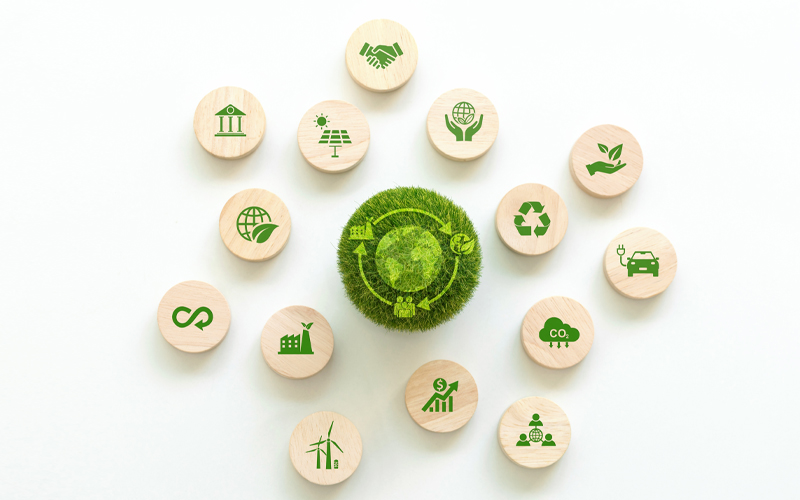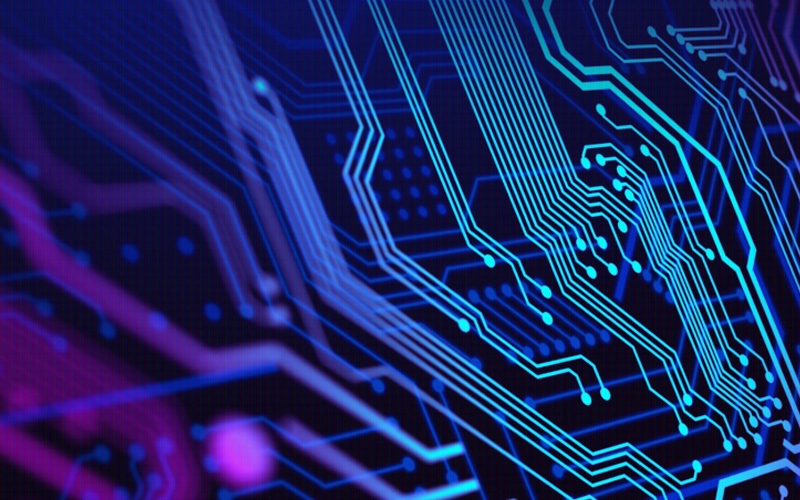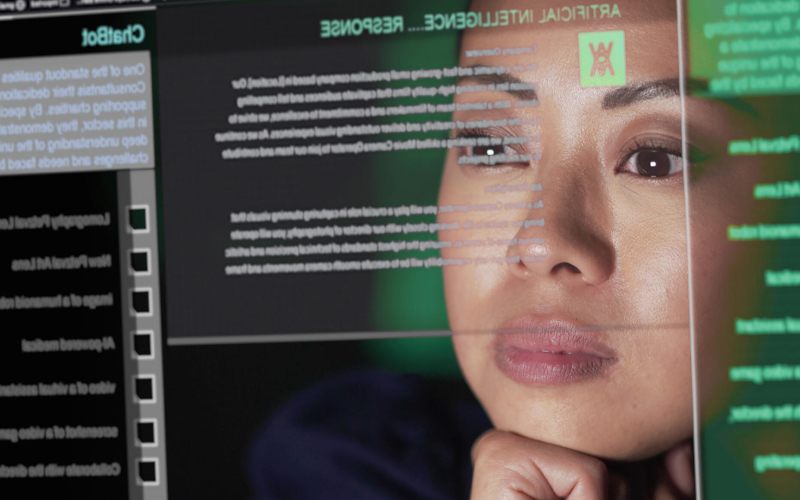Trade promotion seasons in CPG often feel like a gamble. Should a new beverage in tier-2 markets be launched with a buy-one-get-one (BOGO) offer or a half-price discount? Should a cosmetics brand pour more into displays or into digital coupons? Despite years of investment, many such decisions remain driven by instinct rather than grounded in insight. Trade promotions drive anywhere from 10–20% of gross sales. Yet nearly 40% of promotions collapse under poor planning, leaving a large value untapped. The problem is not ambition; it is the way decisions are made. Fragmented data, legacy systems, and “gut feel” still dominate boardroom conversations. For leaders, managing trade promotions in the traditional way can cost millions in lost opportunity.
what is at stake if decisions remain manual?
Imagine investing millions in promotions only to find them cut off from pricing or supply chain plans. That is the reality for 65% of retailers today who feel burned during the process. At the heart of the problem lies certain complexities that decision-makers grapple with. They include:
- data silos – fragmented POS, syndicated, and digital marketing data make it impossible to gain a unified view.
- ineffective forecasting – most tools lack predictive capability, forcing teams to recycle outdated models.
- manual dependence – too many insights sit buried in spreadsheets, slowing down agile decision-making.
- execution gaps – without integration into pricing, assortment, and supply chain, even the best strategies fall short.
so, why AI?
Because numbers don’t lie. With AI, businesses are unlocking up to 15% more revenue and boosting ROI by as much as 20%. AI in CPG is not a silver bullet, but a practical trade partner. When combined with robust data pipelines, trade promotions shift from retrospective reporting to predictive intelligence. By unifying data across retailers, channels, and campaigns, they help leaders see what works, what fails, and what will deliver returns tomorrow.
This is how the combination works:
- Capture and align data across POS, syndicated, digital, and third-party sources, creating a single version of truth.
- Forecast outcomes by blending historical performance with external factors like competitor moves, seasonality, and even weather.
- Recommend promotions by simulating scenarios — e.g., whether a regional BOGO outperforms a half-price promo in terms of incremental sales and ROI.
- Automate post-event analysis, ensuring learnings feed back into the next cycle without manual intervention.
pre-AI challenges decision-makers can face
- a global beverages company that is unsure if a BOGO promo for a new energy drink will accelerate sales of its flagship SKU/product.
- a home care brand sitting on POS, retailer, and campaign data, but is unable to integrate it for a single source of truth.
- a frozen foods manufacturer that is struggling to compare uplift across geographies due to mismatched formats.
- a cosmetics major allocating 12–20% of gross sales to promotions, yet still relying on uncertain calls from brand managers.
With AI-driven CPG analytics, these challenges become opportunities. For example, machine learning (ML) can identify which promotions work best in which regions, helping companies allocate budgets that make business sense.
when global giants can bet on AI, why should you wait?
- Procter & Gamble leverages AI to analyse historical data across regions, identifying which promotions surge demand and impact.
- Nestlé uses predictive analytics to tailor promotions around consumer behaviour, improving demand forecasting accuracy.
- Walmart employs ML for dynamic pricing, reacting in real time to competitors while protecting margins.
- Amazon personalises offers through recommendation engines, driving higher engagement and conversion.
- Coca-Cola integrates AI with weather data to optimise regional promotions, ensuring relevance and timeliness.
Let us be clear. This is not about replacing human judgment, but augmenting it. AI becomes the partner that scales insights, reduces waste, and ensures every dollar or pound spent drives profitable returns.
from promotion spend to promotion intelligence
Trade promotion optimisation can no longer be treated as an afterthought. Margins are under pressure, and consumer behaviour is shifting faster than planners can react. Outdated, trial-and-error led approaches will only widen the gap between leaders and laggards. The future belongs to intelligent systems that capture data, learn from it, predict outcomes, and guide decisions in real time.
For senior stakeholders — CMOs, CSCOs, CFOs, and category managers — the case for change is clear. AI-driven TPO platforms help integrate sales, marketing, finance, and supply chain, transforming trade promotions from a cost centre into a driver of growth.
how can Infosys BPM help?
Trade promotions will remain a cornerstone of CPG growth, but the way they are designed and executed must evolve. Infosys BPM Analytics Services, with its deep expertise in analytics, trade promotion management, and CPG operations, helps global businesses shift reactive planning to a measurable, predictive, and ROI-led approach. The outcome is not just higher efficiency, but clarity and confidence in every promotional pound or dollar spent. Make every promotion count with Infosys BPM analytics services.







